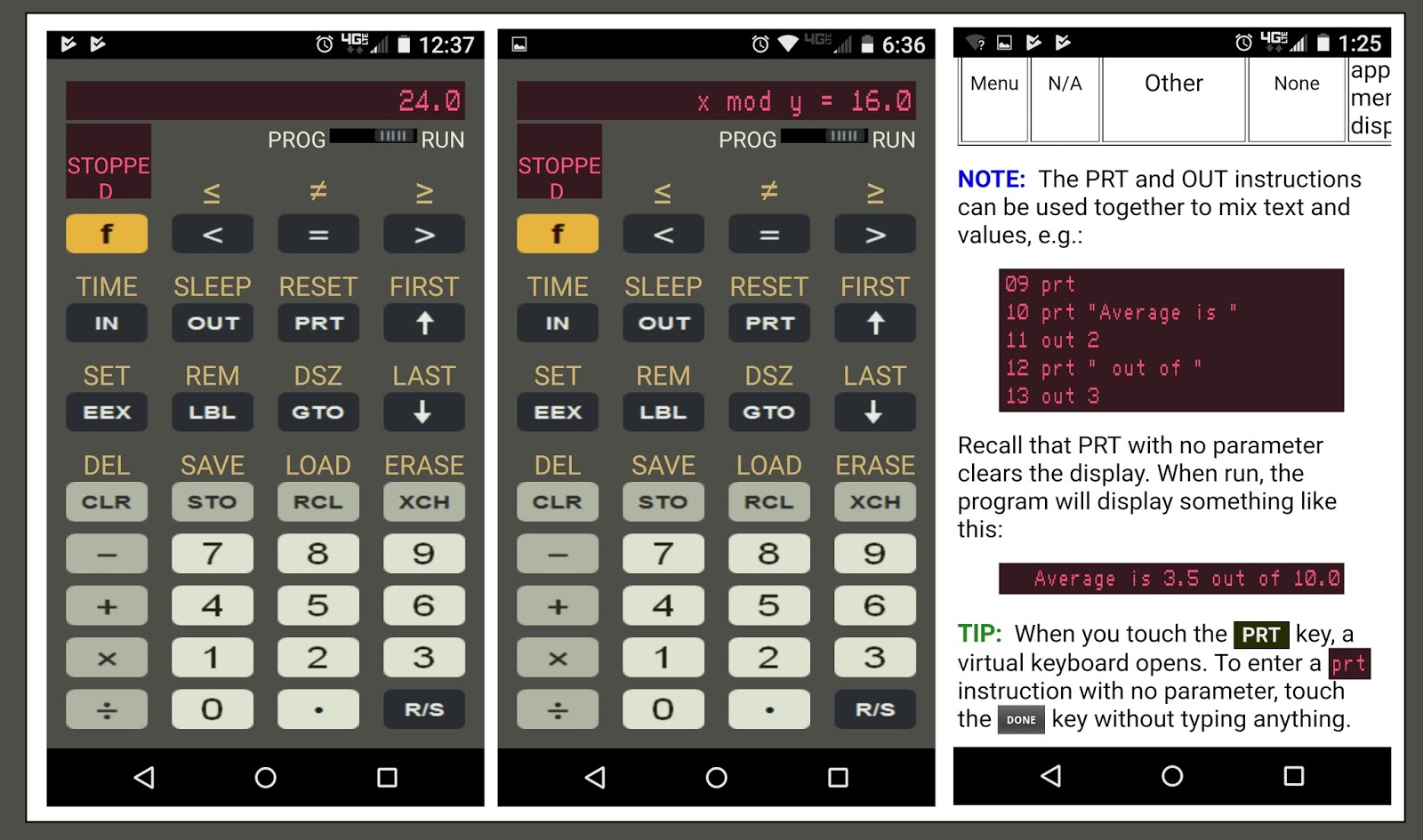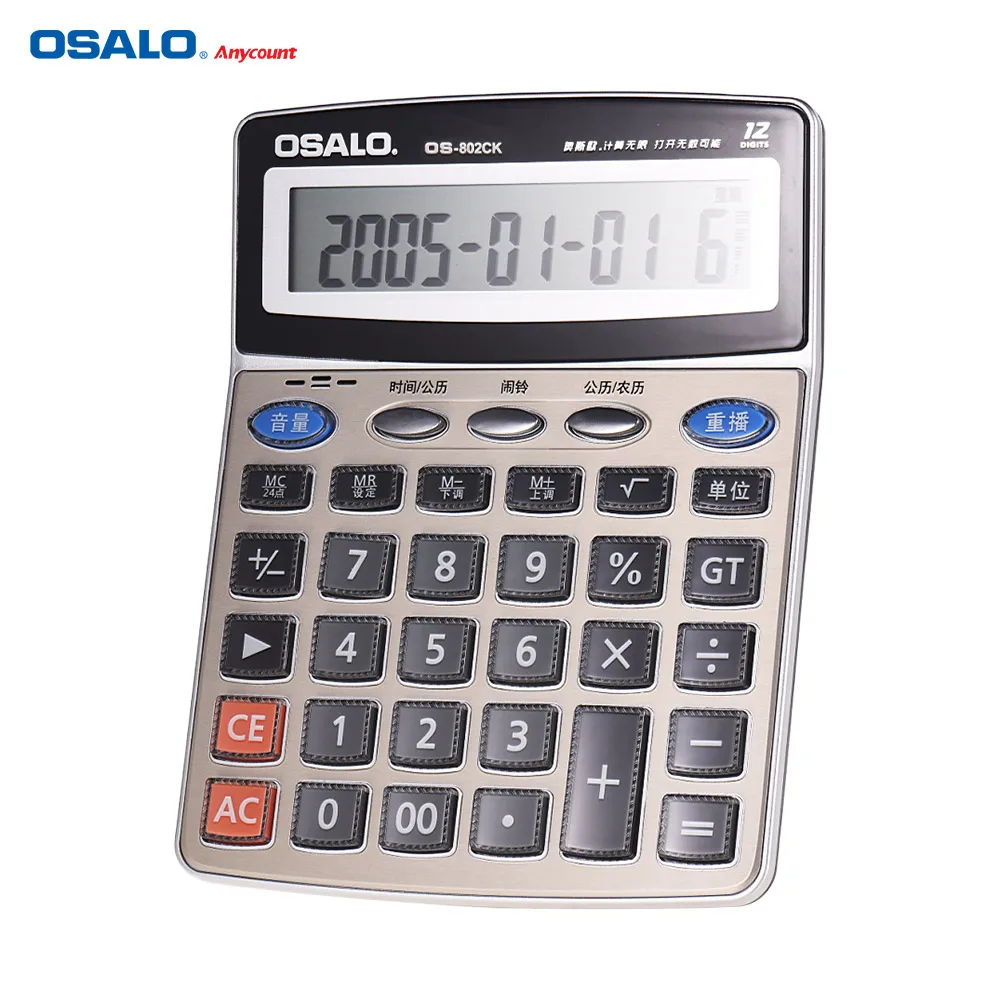

This does not tell us anything about the register of the frequencies, only that the intervals are congruent (we don’t know if they’re in the same register). If i1 and i2 are the same interval, meaning that the same frequency distance exists between f1 and f2 as well as f3 and f4, then the ratios will be equal. The ratio of f3 and f4 (being f4/f3) would be defined as r2.

If we have a second set of frequencies, f3 and f4, the interval between them can be defined as i2. We’re going to define the ratio of the two frequencies (f2 / f1) as r1. Therefore if we have our two frequencies, f1 and f2, they are separated by the interval distance i1. Think of two pitches (frequencies) which are separated by an arbitrary distance, i. At the end of this lesson you’ll know the mathematical basis behind a minor third and major third combing to create a perfect fifth.īefore we really start to dive in we need to define our initial reference point: the difference between two pitches. We’ll derive a method of assigning a real number value to that quantity for any set of frequencies, and then show how this can be applied to calculate other interval summations. We are going to start with the loose concept that an interval is the difference between two frequencies, an unknown quantity. This particular lesson will focus on defining the calculation behind an interval. This lesson is the first of a few depending on interest – there is quite a distance to travel “down the rabbit hole” with the mathematics behind music, particularly in how we define a note, tunings, intervals and scale patterns.


 0 kommentar(er)
0 kommentar(er)
